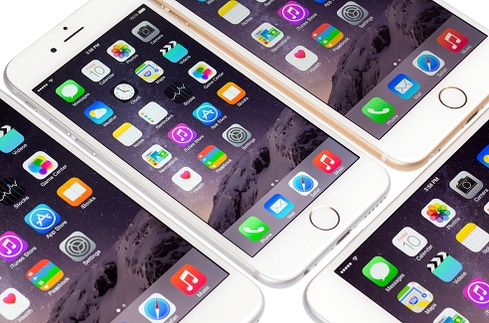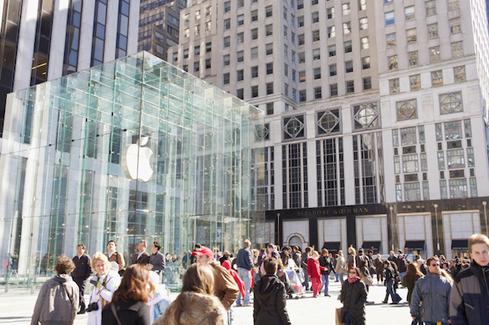Sales of iPhones have flattened and are expected to begin receding. Can Apple do anything to change course?


iPhone 7 Rumors: 7 That Have People Talking
iPhone 7 Rumors: 7 That Have People Talking (Click image for larger view and slideshow.)
It finally happened. The long upward arc of iPhone sales has reached its zenith. Apple's fourth quarter 2015 report shows flat sales year-over-year, and the company predicts a first-ever drop in shipments for the first quarter of 2016. The numbers paint an interesting story, but not the whole story.
Apple shipped 74.8 million iPhones during the last three months of 2015. That's up just 300,000 units from the 74.5 million it shipped during the same period in 2014, when the larger iPhone 6 and iPhone 6 Plus made their debut. Consumers were all too happy to lap up the more powerful phones, which were a huge upgrade from the 2012 iPhone 5 and 2013 iPhone 5s.
Interest in the 2015 follow-up smartphones, the iPhone 6s and iPhones 6s Plus, however, has waned, despite the bonkers first-weekend sales of 13 million. Apple doesn't break out sales of individual iPhone models, so we don't have a clear picture of exactly what handsets are selling.
Most other phone makers would kill to have Apple's numbers. Look at LG as an example. Its fourth quarter results show it shipped 15.3 million phones during the last three months of the year, and 59.7 million for the entirety of 2015. Apple shipped five times as many phones in the same period. Apart from Samsung, which is still the world leader in terms of volume, most other handset makers shipped far fewer devices than LG. Moreover, Apple owns the lion's share of profits from smartphone sales.
The iPhone accounted for $51 billion of Apple's $75 billion in revenue for the fourth quarter, or about two-thirds of the total. The company posted a record profit of $18.4 billion -- more than any other company ever. LG netted a profit of $301 million for the fourth quarter. Apple's profits were 61 times higher than LG's.
Looking ahead, Apple predicts first-quarter revenues of between $50 and $53 billion. Piper Jaffray analyst Gene Munster said that he believes this equates to iPhone shipments between 50 million and 52 million. Wall Street expected Apple to predict first-quarter iPhone shipments of 55 million, so the disparity has investors reeling.
[Read iOS 9.2.1 Gives Older iPhones a Performance Boost.]
Apple CEO Tim Cook would only admit that iPhone shipments for the first quarter would be flat at best. He blamed the company's performance on weird market behavior and currency fluctuations. "We are seeing extreme conditions unlike anything we have ever experienced before," he said on a call with investors.
There is a silver lining. Cook noted that only half of all current iPhone users are on the iPhone 6, 6 Plus, 6s, or 6s Plus. The rest are still using the iPhone 5s or earlier. "This indicates to me there's still a tremendous number of people in the world who will buy smartphones, and we ought to be able to win over our fair share of those," said Cook.
In the end, Apple is not immune to larger market conditions. IDC recently said 2015 marked the first-ever single-digit growth period for phone sales. The analyst organization says it doesn't expect 2016 to be much better.
Are you an IT Hero? Do you know someone who is? Submit your entry now for InformationWeek's IT Hero Award. Full details and a submission form can be found here.
About the Author(s)
You May Also Like







